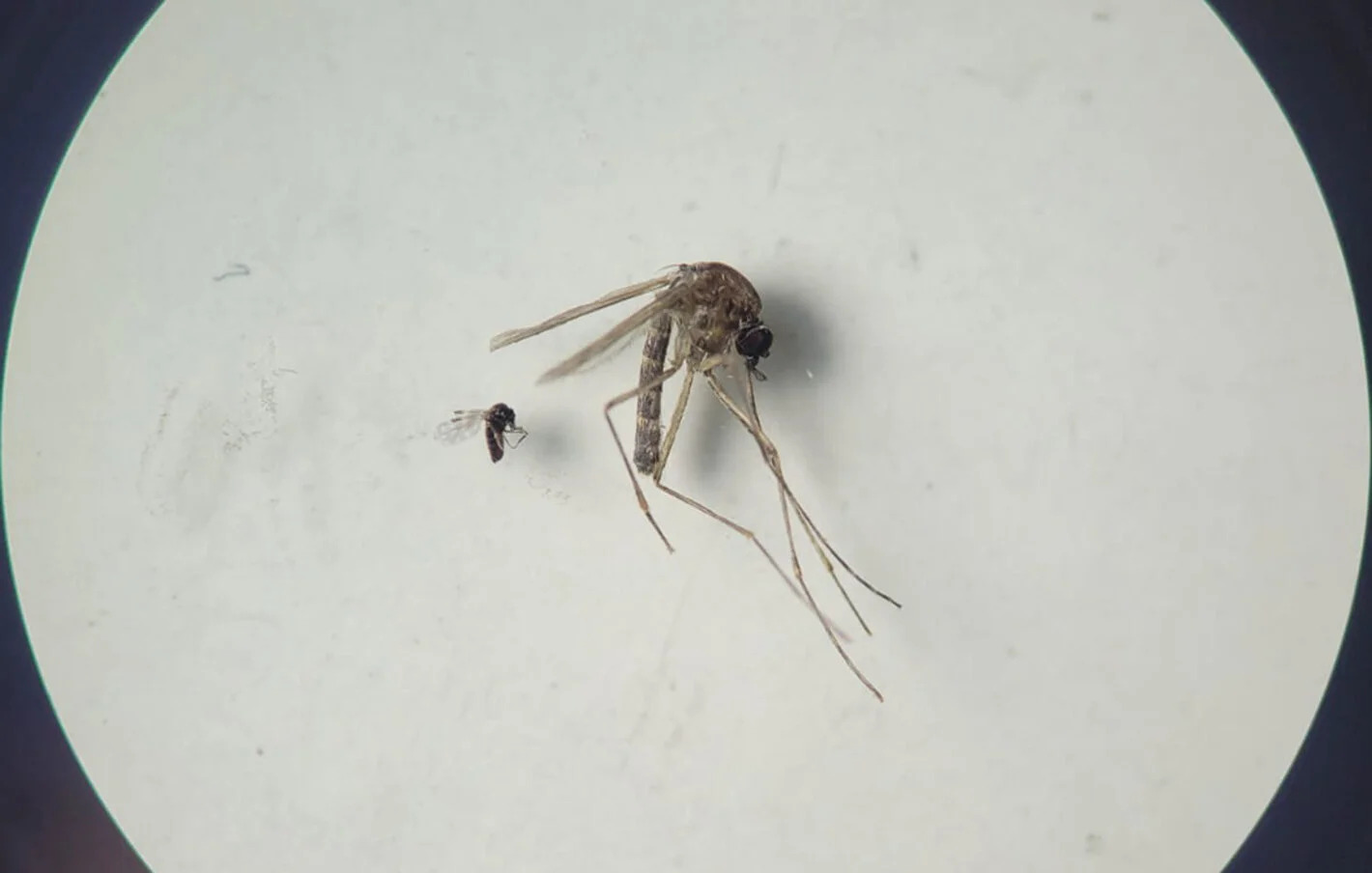The Oropuche Virus: A Growing Health Concern in the Americas
The Oropuche virus (OROV) is an emerging arbovirus that has caused outbreaks in several countries in the Americas, including Bolivia, Peru, Colombia, Cuba, and Brazil. In Brazil, where the virus was first identified in 1955, two deaths have been reported.
Transmission
OROV is transmitted through the bite of infected mosquitoes, primarily Culicoides paraensis. The virus can also be transmitted by the mosquito Culex quinquefasciatus.
Symptoms
The symptoms of OROV infection typically appear 5-7 days after the bite of an infected mosquito. Common symptoms include:
- Sudden onset of fever
- Joint pain (arthralgia)
- Headache
- Nausea and vomiting
- Photophobia (sensitivity to light)
- Double vision
In rare cases, severe complications such as aseptic meningitis may occur. Recovery from OROV infection can take several weeks.
Prevention and Treatment
There is currently no specific treatment or vaccine for OROV. Preventive measures focus on reducing the risk of mosquito bites, such as:
- Using insect repellent
- Wearing long sleeves and pants
- Installing mosquito nets over beds
- Avoiding areas with high mosquito activity
Monitoring and Control
The Pan American Health Organization (PAHO) has issued an epidemiological alert regarding OROV, urging countries to strengthen surveillance and control measures. This includes:
- Enhanced case detection and laboratory confirmation
- Early diagnosis and treatment
- Vector control to reduce mosquito populations
Conclusion
The Oropuche virus is an emerging health threat in the Americas. While the majority of cases are mild, severe complications can occur. Preventive measures and effective surveillance are essential to reduce the risk of infection and control its spread.
